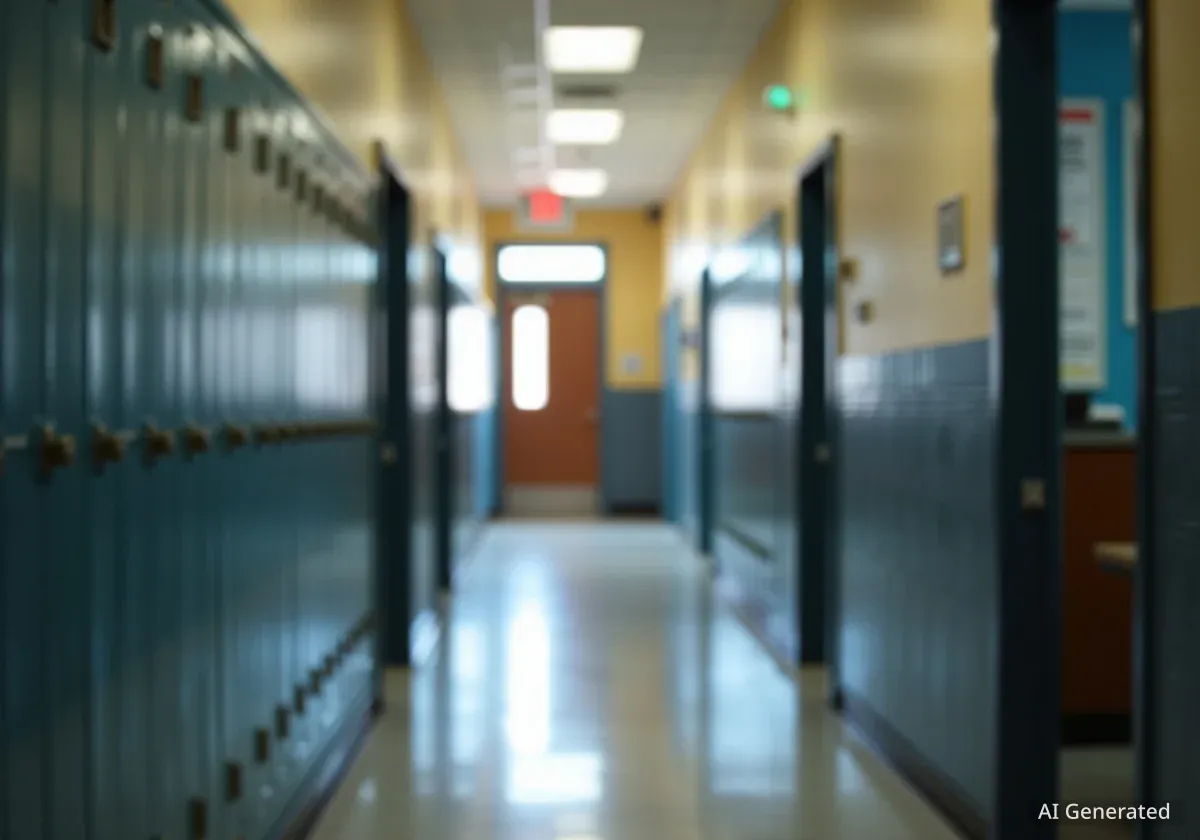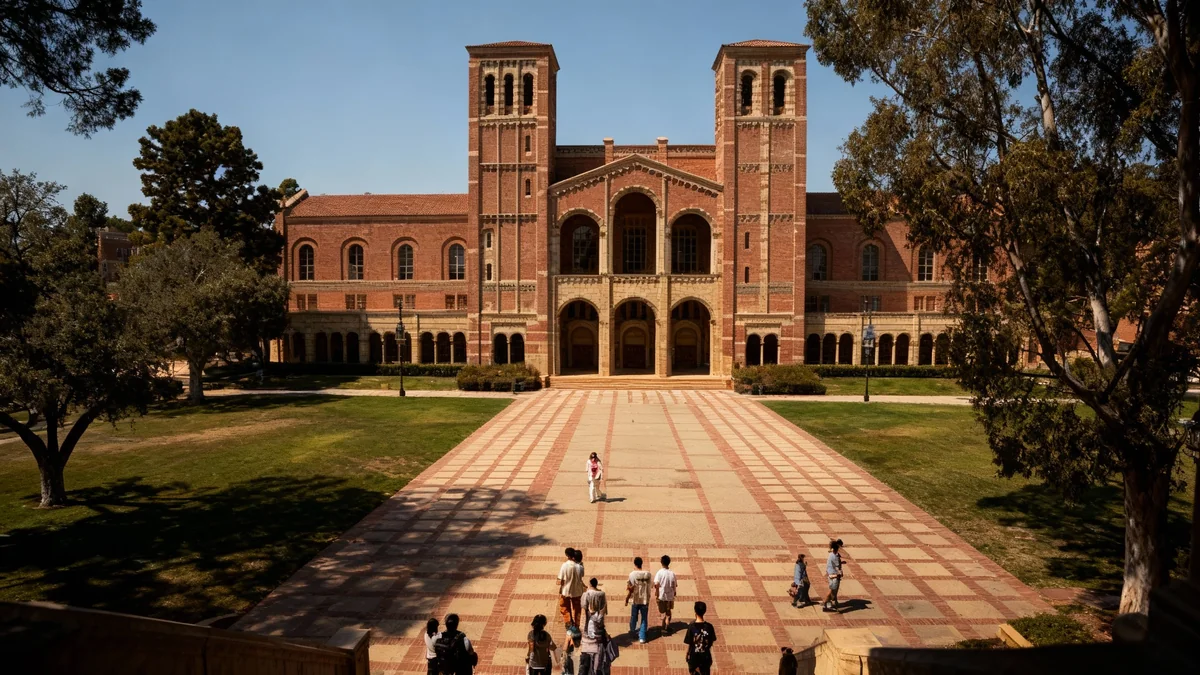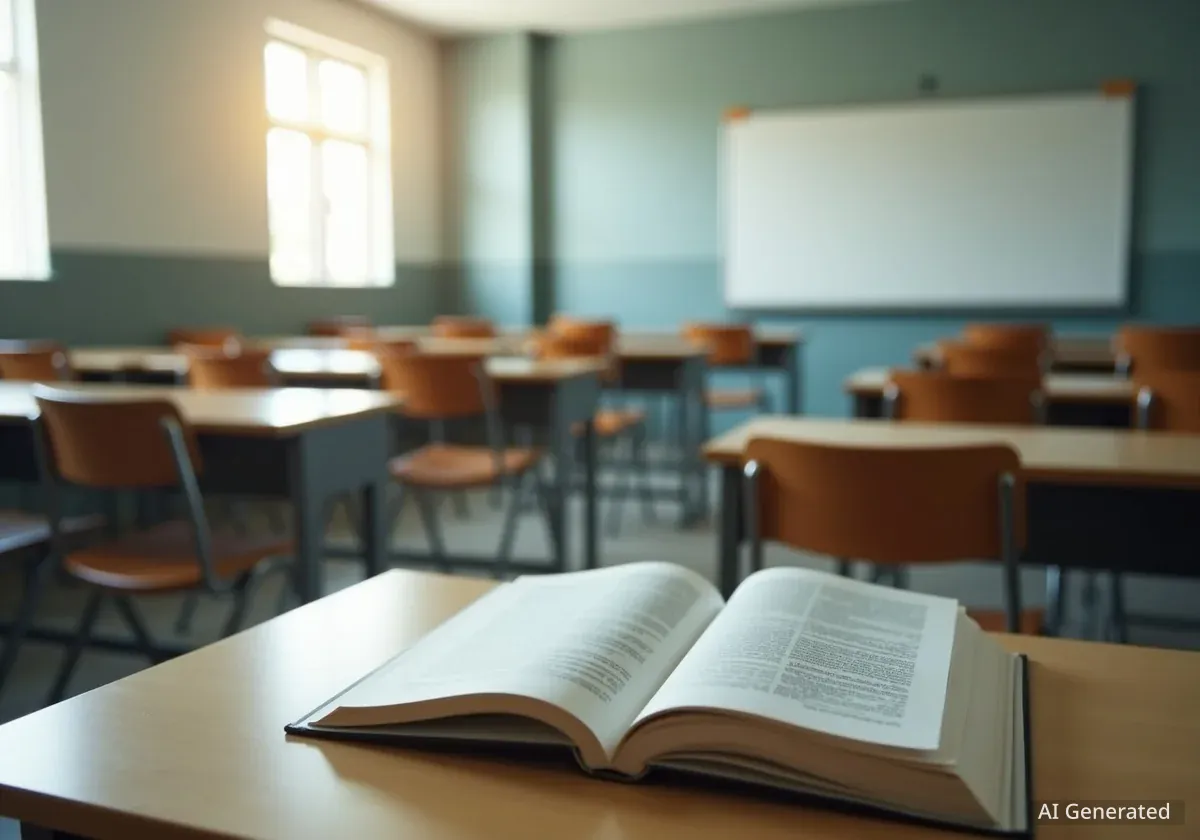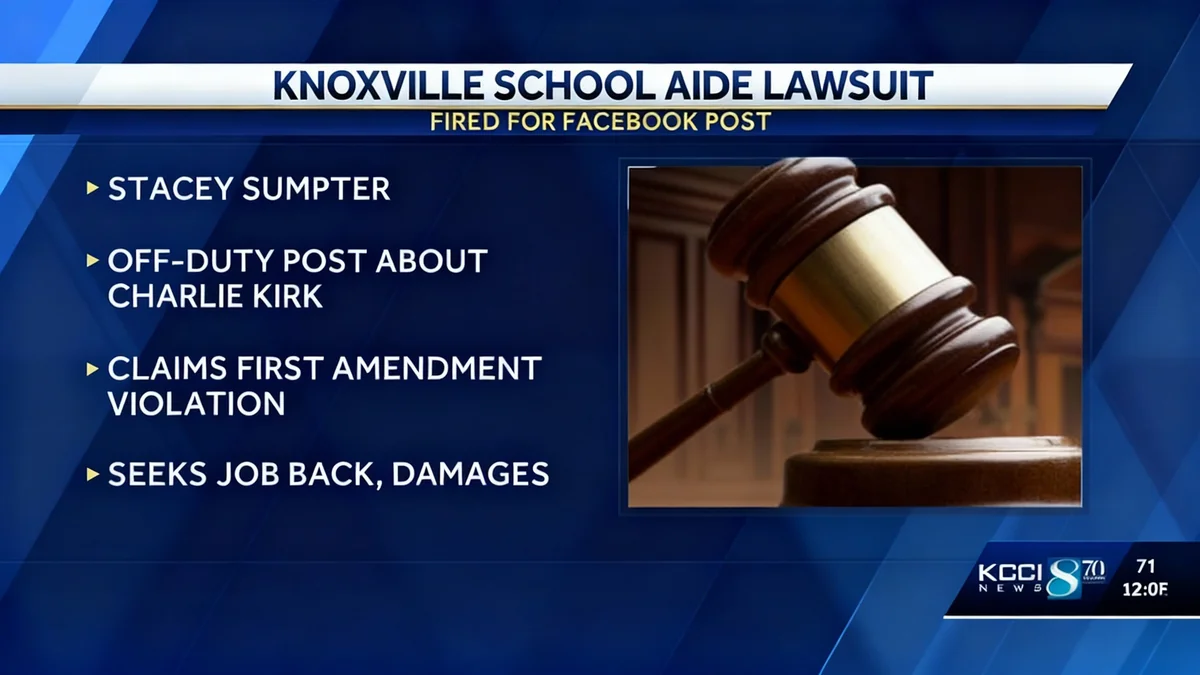A Cobb County judge has overturned the expulsion of a middle school student who was punished after warning friends about a school shooting threat he saw online. The ruling stated that school officials misinterpreted their own disciplinary policies when they removed the student, identified only as G.D., from his school.
The case centered on whether the student's actions, intended as a warning, constituted a disruption under the district's code of conduct. Superior Court Judge Robert Leonard II found that the school board's decision was not supported by evidence and that the student had no intention of causing chaos.
Key Takeaways
- A Cobb County judge ruled the school district wrongly expelled a student for warning friends about a shooting threat.
- The student, G.D., saw a threatening video and sent text messages to friends at the targeted schools.
- The judge found the district “misconstrued” its policy, as there was no evidence the student intended to cause a disruption.
- The student, who has autism, was represented by the Southern Poverty Law Center, which argued the district's policies disproportionately affect students with disabilities.
A Warning Message Leads to Expulsion
The incident began when G.D., an eighth-grade student, encountered a video circulating online that threatened violence against several Cobb County schools. Concerned for friends who attended those schools, he sent them text messages to alert them of the potential danger.
His messages, however, triggered a significant response. School officials were alerted, leading to an internal lockdown and causing concern among parents and staff. The district argued that these actions violated its policy against disruptive behavior.
Following a disciplinary hearing, the Cobb County School District expelled G.D. for the remainder of the school year. The decision was upheld by the school board in October, forcing the student to enroll in an alternative program.
The Court's Decisive Ruling
The student's family, with legal support from the Southern Poverty Law Center (SPLC), challenged the expulsion in court. They argued that the district's application of its policy was flawed and unjust.
In a six-page ruling, Judge Robert Leonard II agreed. He determined that the school district had “misconstrued” its own rules. The policy in question prohibits language or actions intended to be disruptive. However, the judge found no evidence that G.D. acted with such intent.
“The decision of the Local Board of Education is unsupported by the record,” Judge Leonard wrote, noting there was “no evidence” the student’s goal was to cause a disruption.
The court concluded that the district's interpretation of the policy was incorrect and reversed the expulsion, a rare outcome in school disciplinary cases.
The Importance of Intent
The legal distinction in this case hinged on the student's intent. While his messages did lead to a disruptive outcome, the court focused on whether his purpose was to create chaos or to provide a warning. The judge's ruling emphasizes that for a student's actions to violate the policy, there must be evidence of an intent to disrupt, not just an unintended consequence.
A Family's Fight for Justice
For G.D.’s family, the ruling is a vindication after months of turmoil. The student's mother, who requested anonymity to protect her son's privacy, expressed relief and frustration over the situation.
“My son is not a villain,” she said in a statement. “He is not the one who made the threat.”
Legal advocates for the student echoed this sentiment. Michael Tafelski, senior supervising attorney for the SPLC, criticized the district’s handling of the case.
“Our client, who tried to do the right thing and warn his friends of a threat, was vilified,” Tafelski stated. “He should have never been removed from his school, and we are thrilled that the court has provided him with the justice he deserves.”
Disproportionate Discipline Concerns
The SPLC, which represented G.D., argued that the case highlights a broader issue within the Cobb County School District. The organization claims the district's disciplinary actions often disproportionately affect students of color and students with disabilities. G.D. is Black and has been diagnosed with autism.
District's Position and Next Steps
The incident occurred during a period of heightened alert for school districts across Georgia, following a shooting at Apalachee High School. Law enforcement agencies were investigating dozens of similar threats at the time.
A spokesperson for the Cobb County School District stated that officials take all threats seriously and that investigations require significant time and resources from both the district and local law enforcement. The district declined to comment on the judge's decision or whether it plans to appeal the ruling.
Following the initial expulsion, G.D. was enrolled in an alternative school. As a result of the court's decision, he is now cleared to return to his original middle school. The ruling reverses the board's decision, allowing the student to finish the school year with his peers.





